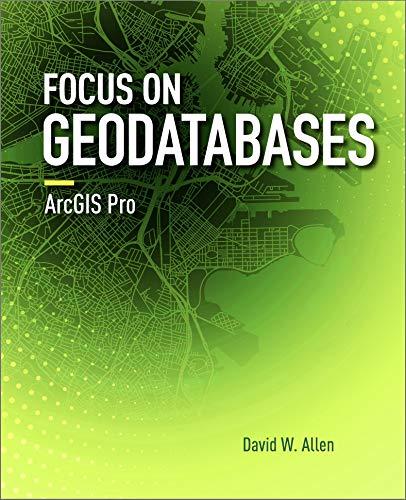Question
using program below. In this python script we define a simple and weighted graph class object. This object should be used to write Prim's and
using program below.
In this python script we define a simple and weighted graph class object. This
object should be used to write Prim's and Kruskal's algorithms.
"""
import numpy as np
import networkx as nx
import matplotlib.pyplot as plt
class Weighted_Graph(object):
def __init__(self, edge_list_file):
""" Set the edge list directory address """
self.edge_list_file = edge_list_file
def edge_dict(self):
""" Reads in the edge list from the provided directory address and
creates a edge dictionary where the keys are the edges and values
are the corresponding edge weights. In particular, to access the
value of edge (a,b), simply type edge_dict[(a,b)]"""
edge_dict = dict() # dict()=empty dictionary
edge_list = np.loadtxt(self.edge_list_file, int) # numpy 2-d array
for row in edge_list:
edge_dict[(row[0], row[1])] = row[2] # Assign keys and values
return edge_dict
def edge_set(self):
""" Returns the set of edges """
return set(self.edge_dict().keys())
def vertex_set(self):
""" Returns the set of vertices """
vertex_set = set() # set()= the empty set
for e in self.edge_set():
for v in e:
vertex_set.add(v)
return vertex_set
def draw_graph(self):
""" This function is used to visualize your weighted graph. The functions
used inside are from the networkx library. """
G = nx.read_edgelist(self.edge_list_file, nodetype=int, data=(('weight',float),))
e=[(u,v) for (u,v,d) in G.edges(data=True)]
pos=nx.spring_layout(G) # positions for all nodes
nx.draw_networkx_nodes(G,pos,node_size=250) # nodes
nx.draw_networkx_edges(G,pos,edgelist=e,width=1) # edges
# labels
labels = nx.get_edge_attributes(G,'weight')
nx.draw_networkx_labels(G,pos,font_size=10,font_family='sans-serif')
nx.draw_networkx_edge_labels(G,pos,edge_labels=labels)
plt.axis('off')
plt.show()
def draw_subgraph(self, H):
""" This function is used to visualize your weighted graph. The functions
used inside are from the networkx library. """
G = nx.read_edgelist(self.edge_list_file, nodetype=int, data=(('weight',float),))
e1=[(u,v) for (u,v,d) in G.edges(data=True)]
e2= [e for e in e1 if e in H[1]]
v1 =[v for v in H[0]]
pos=nx.spring_layout(G) # positions for all nodes
nx.draw_networkx_nodes(G,pos,node_size=250) # nodes
nx.draw_networkx_nodes(G,pos, nodelist = v1,node_size=400)
nx.draw_networkx_edges(G,pos,edgelist=e1,width=1) # edges
nx.draw_networkx_edges(G,pos,edgelist=e2, color = 'red' ,width=5)
# labels
labels = nx.get_edge_attributes(G,'weight')
nx.draw_networkx_labels(G,pos,font_size=10,font_family='sans-serif')
nx.draw_networkx_edge_labels(G,pos,edge_labels=labels)
plt.axis('off')
plt.show()

# primsfunctions.py from Weighted_Graph import # kruskals functions.py from Weighted Graph import n This file should store all functions that This file should store all functions that you write which will be needed in the steps of Kruskal's algorithm" you write which will be needed in the steps of Prim's algorithm def c(G, e): def c(G, e): .. # Prims.py import prims functions.py # Kruskalspy import kruskals functions.py This file should implement Prim's This file should implement Kruskal's algorithmm algorithm def Kruskals(textfile):.. Grading Rubric: # MST.py from Prims import Prims from Kruskals import Kruskals Solve correctly the MST for a given graph: 90 its n This file should be your main program Prims or Kruskals (bonus for both) 1. Correct Optimal Cost 60 pts 2. Correct File Structure 20 pts 3. Creative user input and program design/ error checks: 10 pts (textfile, algorithm 'Prims'): if algorithm-'Prims' Write a detailed argument, or proof, for the fact that Prims (or Kruskals) always terminates with a optimal spanning tree: 10 pts return Prims(textfile) else: return Kruskals(textfile)
Step by Step Solution
There are 3 Steps involved in it
Step: 1

Get Instant Access to Expert-Tailored Solutions
See step-by-step solutions with expert insights and AI powered tools for academic success
Step: 2

Step: 3

Ace Your Homework with AI
Get the answers you need in no time with our AI-driven, step-by-step assistance
Get Started


